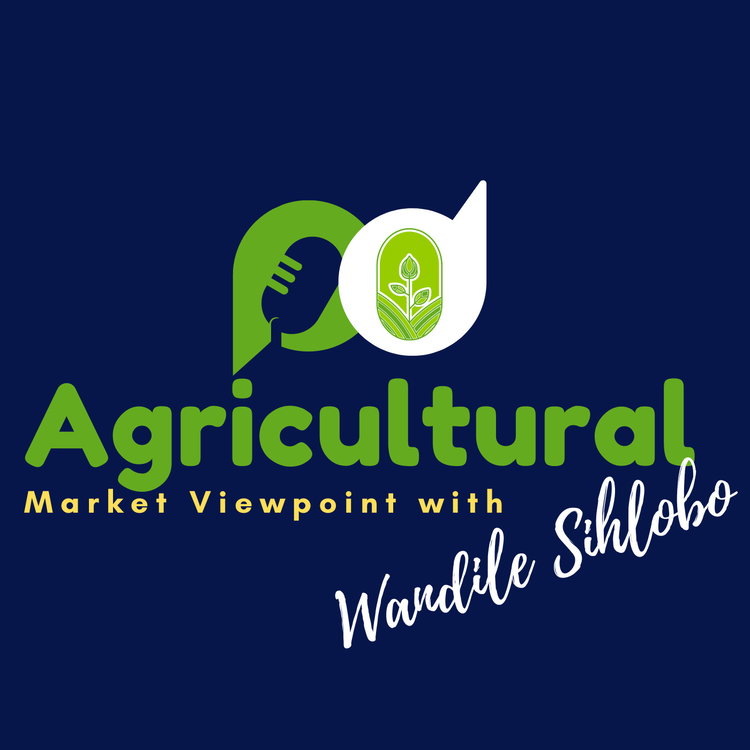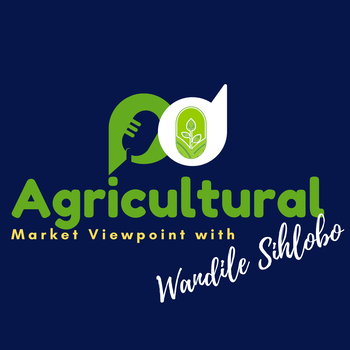
South Africa’s summer crop production prospects remain bleak
Loading player...
Since the release of the previous report of South Africa's Crop Estimate Committee (CEC) at the end of February 2024, the weather conditions across the country have remained unfavourable. Thus, we are not surprised that the CEC further lowered its production forecasts for South Africa's summer grain and oilseeds this afternoon.
The CEC now forecasts South Africa's 2023/24 total grain and oilseeds production at 15.8 million tonnes, down 9% from last month and 21% lower than last season's harvest. This year's overall decline in production prospects is primarily due to poor yields, not the area reduction, as farmers tilled more land than in the 2022/23 season.
In essence, while we started the 2023/24 summer crop season with optimism and even estimated that harvest would be decent at above-average levels, the outlook is now challenged by the excessive heat and limited rainfall across the major crop-growing regions.
Notably, this week marks nearly two months since some regions of South Africa last received adequate rainfall. Throughout February and March, the rainfall has been scant across South Africa, with an intense heatwave that made the summer crop growing conditions difficult. These months are also critical for crop pollination, a growth stage that typically requires higher moisture levels. We have gone through pollination with limited moisture, reinforcing fears of a potentially bad summer crop in South Africa this year.
Another challenge of the 2023/24 season is the difficulty of forecasting the size of the summer crop as we face a moving target and continuous unfavourable weather conditions. The crop forecasts for later in the year will likely show a more realistic picture of the crop conditions.
From a consumer perspective, the current drought presents upside risks to food price inflation. But the major issue is white maize. The favourable supplies of other grains in the world market, mainly yellow maize (also rice and wheat), and the moderating prices mean South Africa could be slightly cushioned in these commodities.
Still, the exchange rate will be an important consideration when assessing the possible imports of wheat and rice (and possibly yellow maize) into South Africa, assuming we see further downward revision of the crop forecasts.
The Southern African maize-producing countries such as Zambia, Zimbabwe and Malawi are also under pressure because of the drought. This means tight white maize supplies in South Africa could also face regional demand, further presenting upside price risks.
My writing on agricultural economic matters is available on my blog: https://wandilesihlobo.com/
Podcast production by: Lwandiso Gwarubana, Richard Humphries, and Sam Mkokeli
The CEC now forecasts South Africa's 2023/24 total grain and oilseeds production at 15.8 million tonnes, down 9% from last month and 21% lower than last season's harvest. This year's overall decline in production prospects is primarily due to poor yields, not the area reduction, as farmers tilled more land than in the 2022/23 season.
In essence, while we started the 2023/24 summer crop season with optimism and even estimated that harvest would be decent at above-average levels, the outlook is now challenged by the excessive heat and limited rainfall across the major crop-growing regions.
Notably, this week marks nearly two months since some regions of South Africa last received adequate rainfall. Throughout February and March, the rainfall has been scant across South Africa, with an intense heatwave that made the summer crop growing conditions difficult. These months are also critical for crop pollination, a growth stage that typically requires higher moisture levels. We have gone through pollination with limited moisture, reinforcing fears of a potentially bad summer crop in South Africa this year.
Another challenge of the 2023/24 season is the difficulty of forecasting the size of the summer crop as we face a moving target and continuous unfavourable weather conditions. The crop forecasts for later in the year will likely show a more realistic picture of the crop conditions.
From a consumer perspective, the current drought presents upside risks to food price inflation. But the major issue is white maize. The favourable supplies of other grains in the world market, mainly yellow maize (also rice and wheat), and the moderating prices mean South Africa could be slightly cushioned in these commodities.
Still, the exchange rate will be an important consideration when assessing the possible imports of wheat and rice (and possibly yellow maize) into South Africa, assuming we see further downward revision of the crop forecasts.
The Southern African maize-producing countries such as Zambia, Zimbabwe and Malawi are also under pressure because of the drought. This means tight white maize supplies in South Africa could also face regional demand, further presenting upside price risks.
My writing on agricultural economic matters is available on my blog: https://wandilesihlobo.com/
Podcast production by: Lwandiso Gwarubana, Richard Humphries, and Sam Mkokeli

